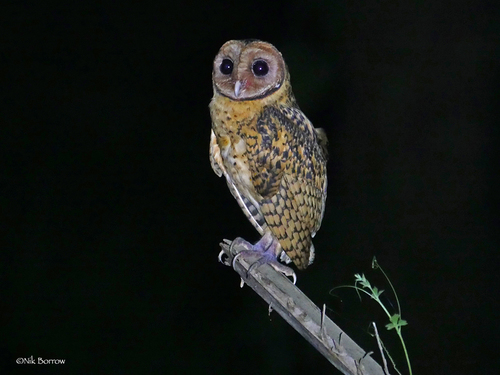
Golden Masked Owl
The Golden Masked Owl, Tyto aurantia, enchants with its radiant golden plumage and heart-shaped face. A master of silent flight, this nocturnal hunter thrives in New Britain's forests, playing a crucial role in controlling rodent populations. Its elusive nature and captivating appearance make it a true forest specter.
4 years
Lifespan
408.0 - 772.0 g
Weight
Height: 27 - 33 cm
Size
Brown, White, Light-Brown
Color
1 year
Age of Sexual Maturity
20 mph
Top Speed
Vulnerable
Conservation Status
Decreasing
Population Trend
Characteristics
Tyto aurantia, known as the Golden Masked Owl, is native to the lowland forests of New Britain. It features a striking golden-brown plumage and a heart-shaped facial disc. This nocturnal predator is known for its silent flight and keen hunting skills, preying on small mammals and insects.
Distribution Range of the Golden Masked Owl
Tyto aurantia, commonly known as the Golden Masked Owl, is native to the islands of New Britain and New Ireland, which are part of the Bismarck Archipelago in Papua New Guinea. This species is endemic to these islands and does not naturally occur elsewhere.
Golden Masked Owl's Habitat
Environmental Conditions
The Golden Masked Owl typically inhabits lowland and montane rainforests. These regions are characterized by humid, tropical climates with high levels of rainfall throughout the year. The forest environments provide dense canopy cover and diverse vegetation, which are crucial for the owl's survival.
Ecological Niche
Tyto aurantia occupies a nocturnal predatory niche, primarily preying on small mammals, birds, and insects. Its habitat preference for dense forests allows it to exploit its keen hearing and silent flight to hunt effectively. The owl plays a significant role in controlling local rodent populations, contributing to the ecological balance within its native rainforest environments.
Copyright @ Nature Style Limited. All Rights Reserved.
 English
English